I want to attempt to make this practical and leave you with a potential path for discovering the roles the people around you might play. While this isn’t fully developed yet, I think to start their are a few direct questions that you can ask to determine what role someone might play. I say and mean might here because a few questions won’t be the deciding a factor; a relational journey is always important. Plus - people can and do change. Back to the questions though. I want to try and make this visual so you can actually see what is going on. It’s one thing to ask questions but spatially arranging them can help you see the patterns in what you are asking (and patterns point to potential roles). So - get a piece of paper and a pen; if you have multiple colors or markers, get a black, red and blue pen or marker. Also, if you have images turned off in your mail client, considering enabling them for this email or viewing it on the web as there are A LOT of images coming (sorry! I’ll try not to do this often!). Draw the following on your paper:
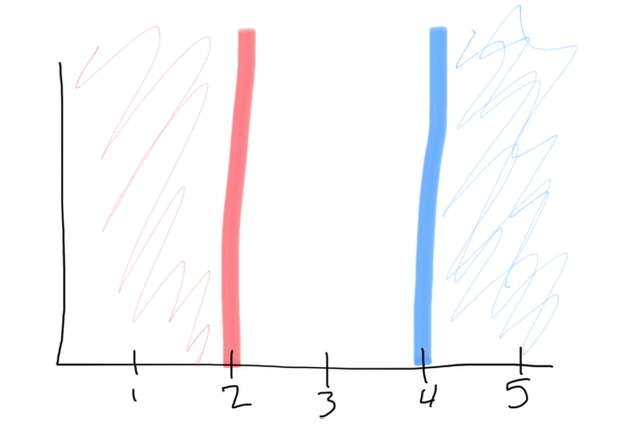
Ask yourself these questions and record the answers on the chart (I’ll show you where and how):
How well is “person X” putting into practice movement principles (scale of 1 to 5, 5 being perfect)? Circle this number on the chart:
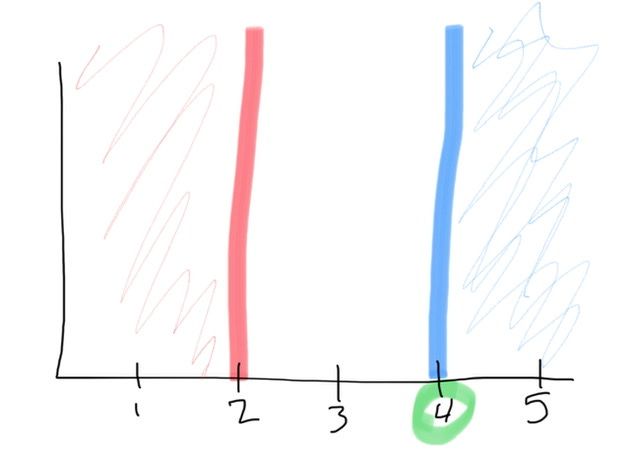
What spaces or places does “Person X” primarily engage (write all that apply)? Ex: Their Church, X Community Center, UPG xyz. If it’s a “churched” space or community put it in the red block. If it’s an unchurched space or community put it in the blue block. If unsure or it’s a mix, put it in the middle.
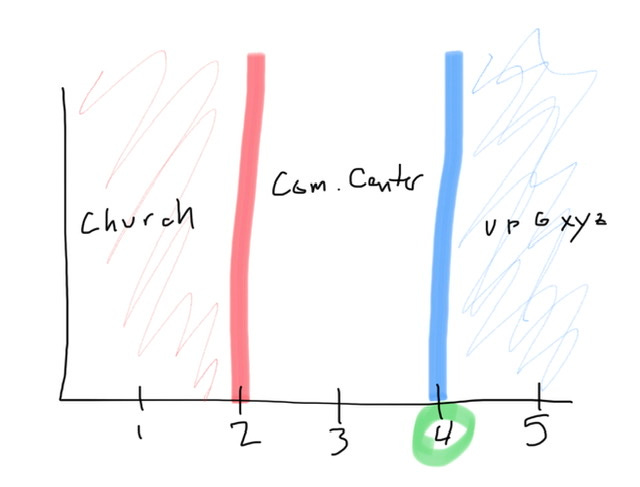
Finally - how engaged are “Person X’s” people in movement work? Write “their people” (or similar) next to the number where’d they fit in. I’ll use a 2 as an example here:
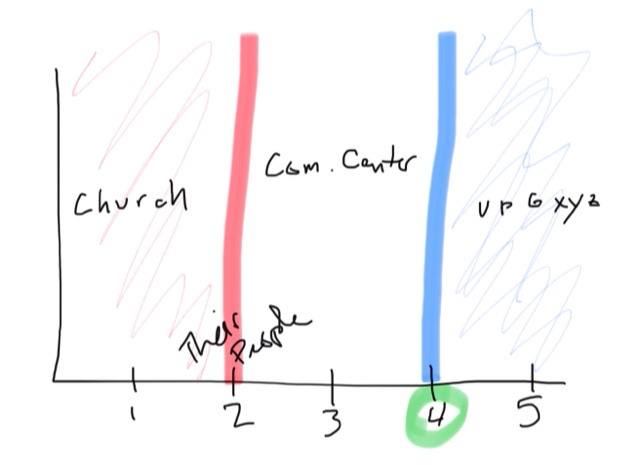
Now, after processing a few questions you have a visual map of what “Person X” is doing. To interpret, you, as a catalyst, are looking at where the answers fall. Is it mostly in the red? That’s a sign of a settler. Is it mostly in the blue? That’s a sign of a pioneer. Is it in between and/or confused? That’s symbolic of a Migrator. In the example above, the person above (who is made up) is probably a Migrator. They’ve taken the time to implement movement principles but they are engaging in a lot of existing spaces rather than the blue ocean. Further, those they are leading aren’t fully involved. I want to close this discussion by looking at the three additional charts (one for a settler, one for a migrator, and one for a pioneer) to just give some additional examples. They are not super detailed but rather drafts to get you thinking.
The Settler
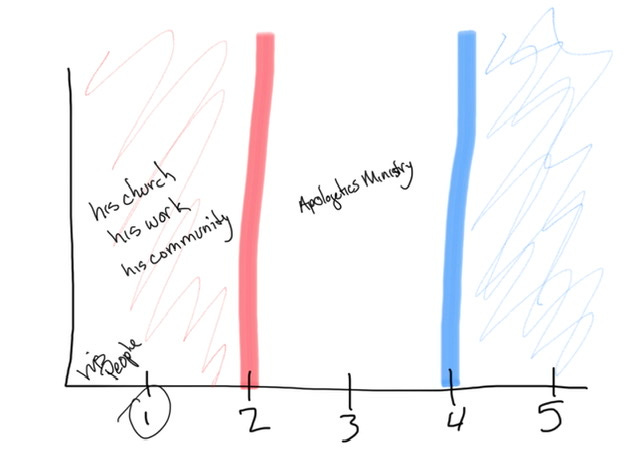
Clearly this person is a settler. There isn’t anything pushing into the blue (which is necessary for a Migrator and Pioneer) and almost everything has him in the security of his existing “ocean”.
The Migrator:
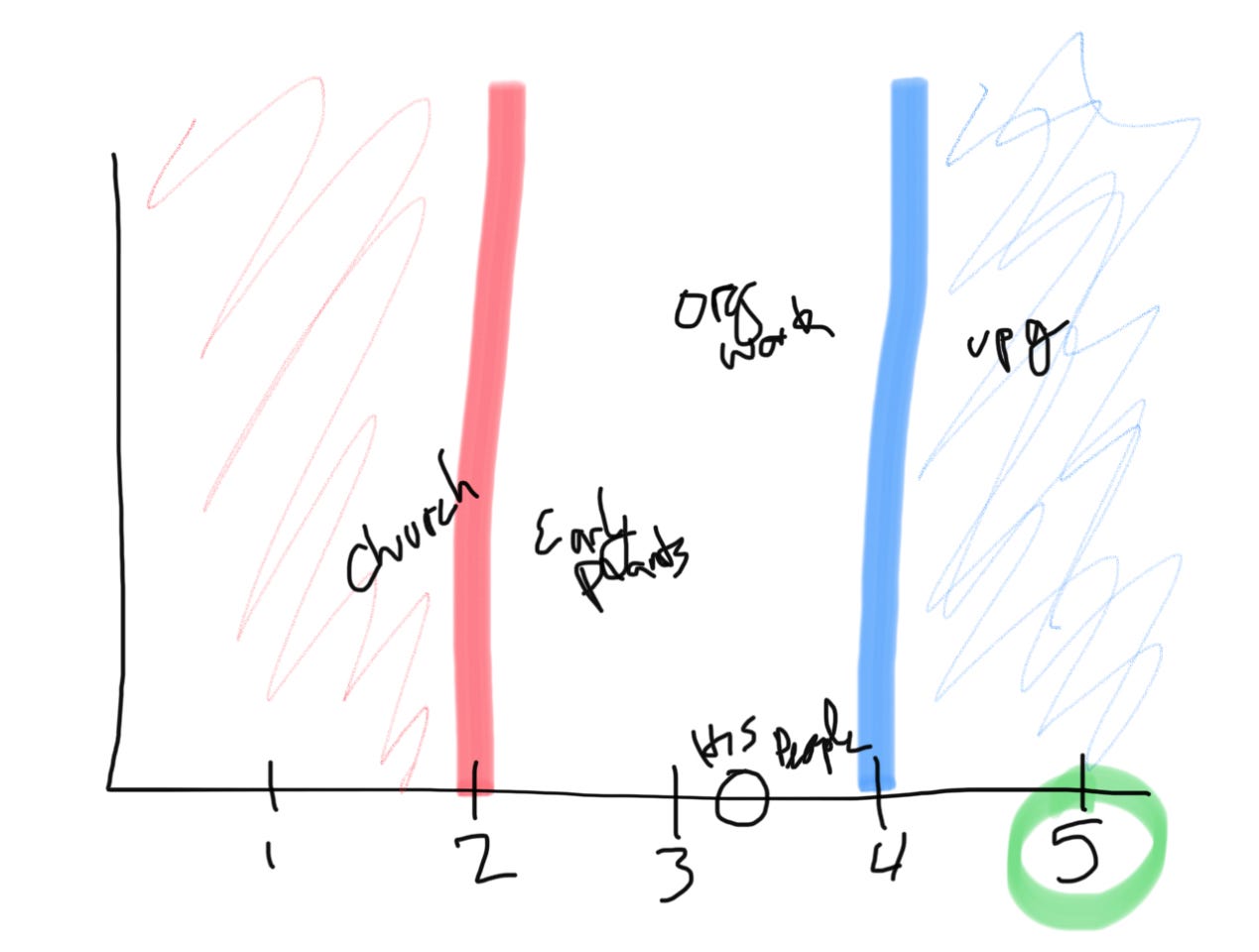
This one definitely pushes into the Blue. The individual is keen for movement and lives out the principles. The people they lead mostly do as well. But there is still a lot that they do located in the in-between spaces; there is even a little in the red. This is why this person would be considered a Migrator at this point rather than a pure pioneer. The way they are pushing into the blue also shows me that they are probably a really good investment of time and energy for me as a catalyst.
The Pioneer:
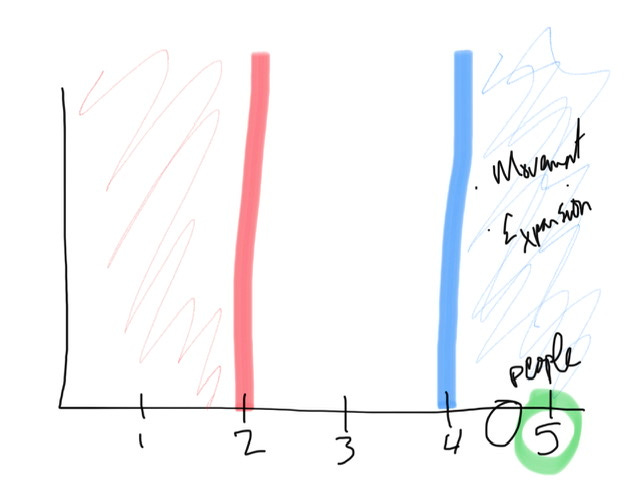
For the pioneer, everything is in the blue. It might not have always looked like this; with a pioneer early on there might be data points that show up in the red or in-between but the clear majority with pioneers will be the blue edge. This is what leads to movement. They are definitely leaders to invest time and energy resources into.